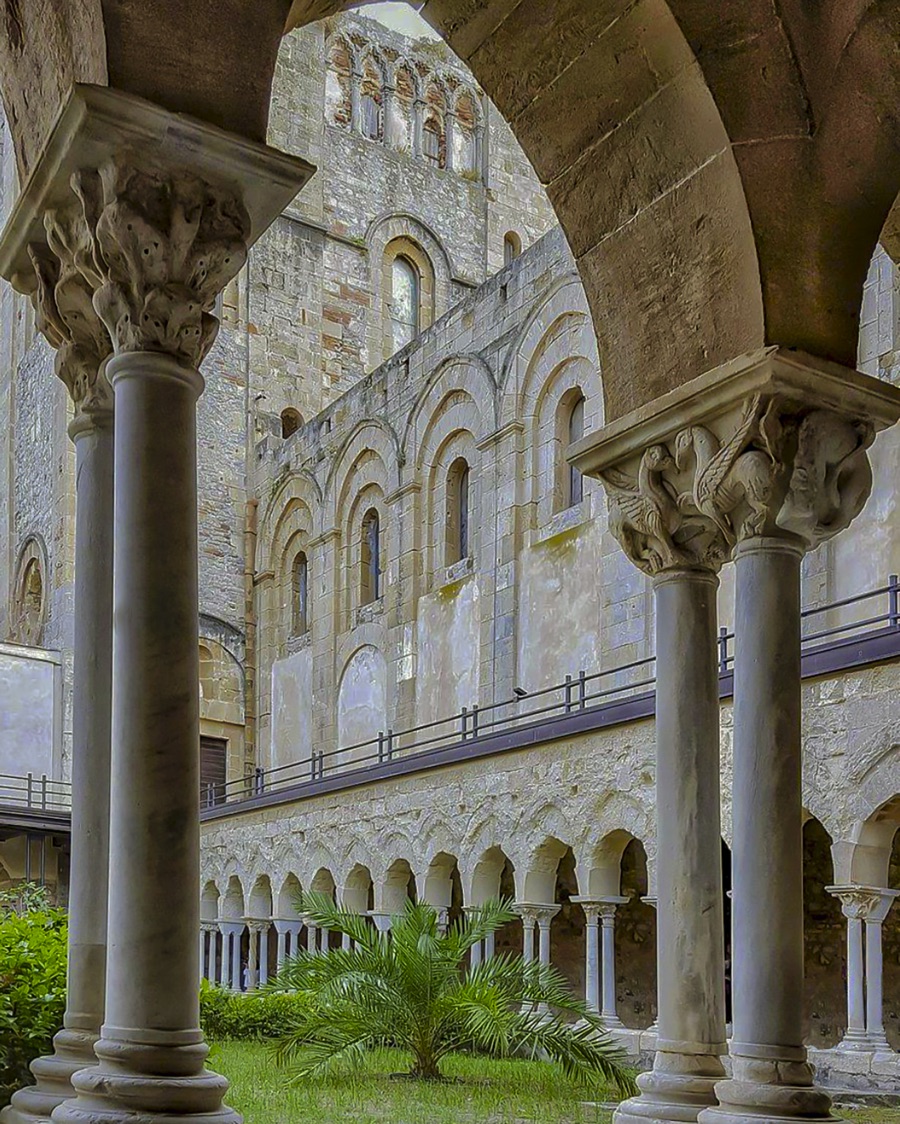There are fantastic, fairytale places in the world, between earth and sky, spiritual places and places evoked by legends and myths that speak of distant lands and that populate our childhood memories.
Examples include the ones narrated by Marco Polo, on his return from his journey to the faraway Katai, or the territories visited by the first Spanish Conquistadors, in the immense Mayan empire, to the mystical spaces of the Orthodox monasteries of Mount Athos, or the crusader castles of Syria and Jordan.
They are almost immaterial places, imbued with deep impressions, evocative of a deep-rooted spirituality and guardians of a historical memory that has become layered over time. Crossing them with a peaceful soul, we can still hear the echo of those ancient presences that inhabited them. Upon entering the large medieval cathedral, we are immersed in a distant, mystical and evanescent world, composed of large walls, stained glass windows that radiate a sacred and timeless light, encouraging reflection and religious silence, as it did for those who built it, frequented it and dedicated their entire lives to it. Inside the cloister, the entire universe of human knowledge seems to be concentrated, glorified by the mystery of salvation, whose presence has been embraced by the sculptures and architecture for centuries. The cloister of Cefalù’s Basilica of the Transfiguration stands on a crag between the fortress and the sea, in an enigmatic place in terms of location and composition, in an enchanting landscape, next to the suggestive Tempio ruggeriano.
